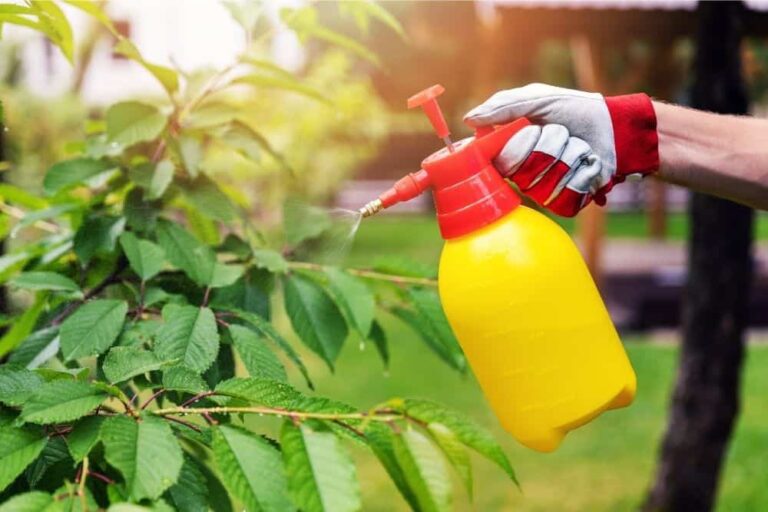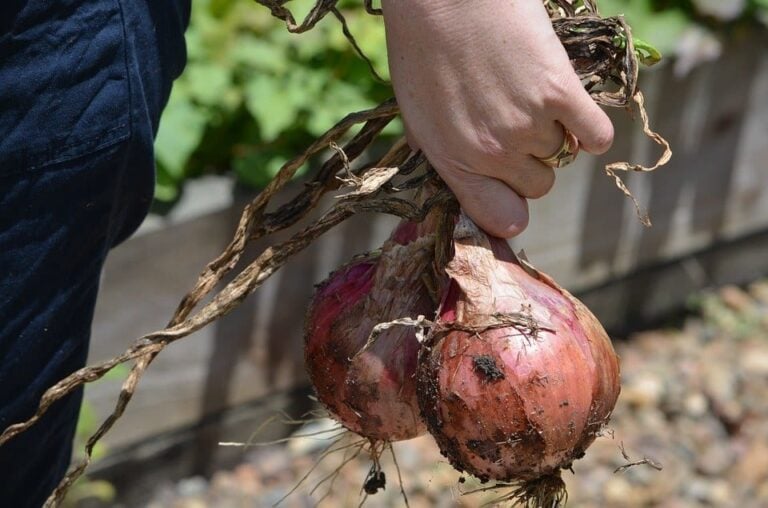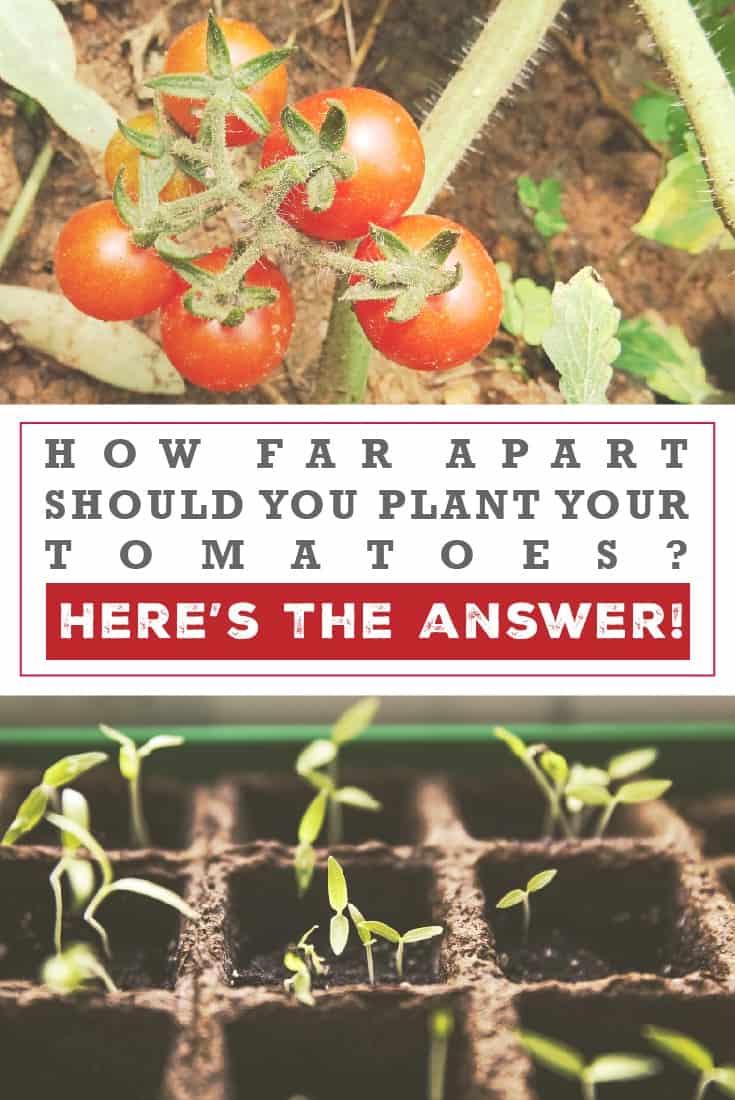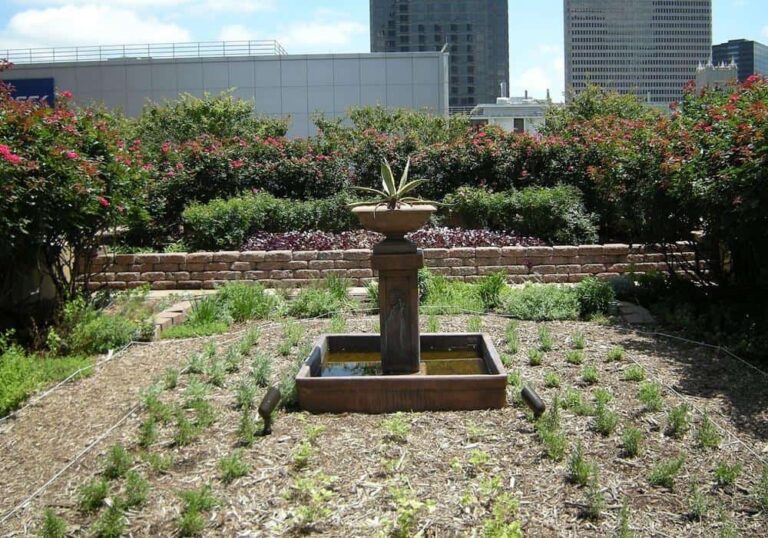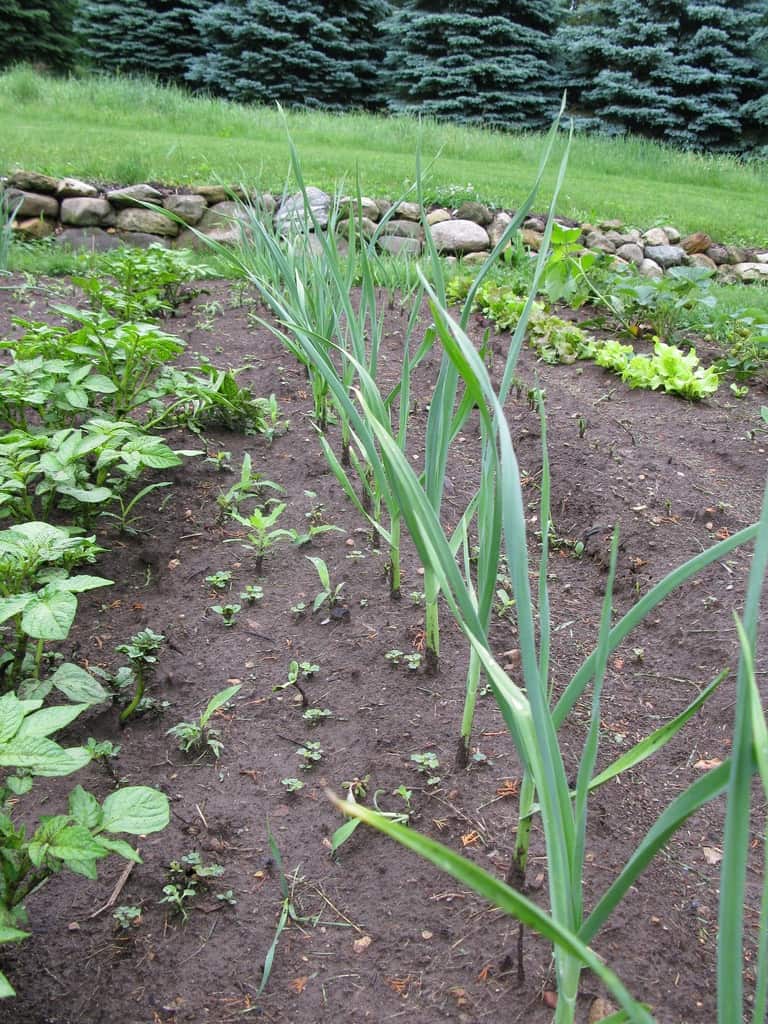Dome Greenhouse: Efficient Growing for All Seasons
Geodesic dome greenhouses have gained popularity in recent years, providing a unique and visually stunning alternative to traditional greenhouse structures. These dome-shaped designs not only offer increased durability and energy efficiency, but also create a lush and thriving environment for plants to flourish. By utilizing a combination of natural sunlight, effective insulation and ventilation, dome greenhouses can support a wide range of plant life, allowing gardeners to extend their growing season and enjoy a self-sustaining ecosystem.
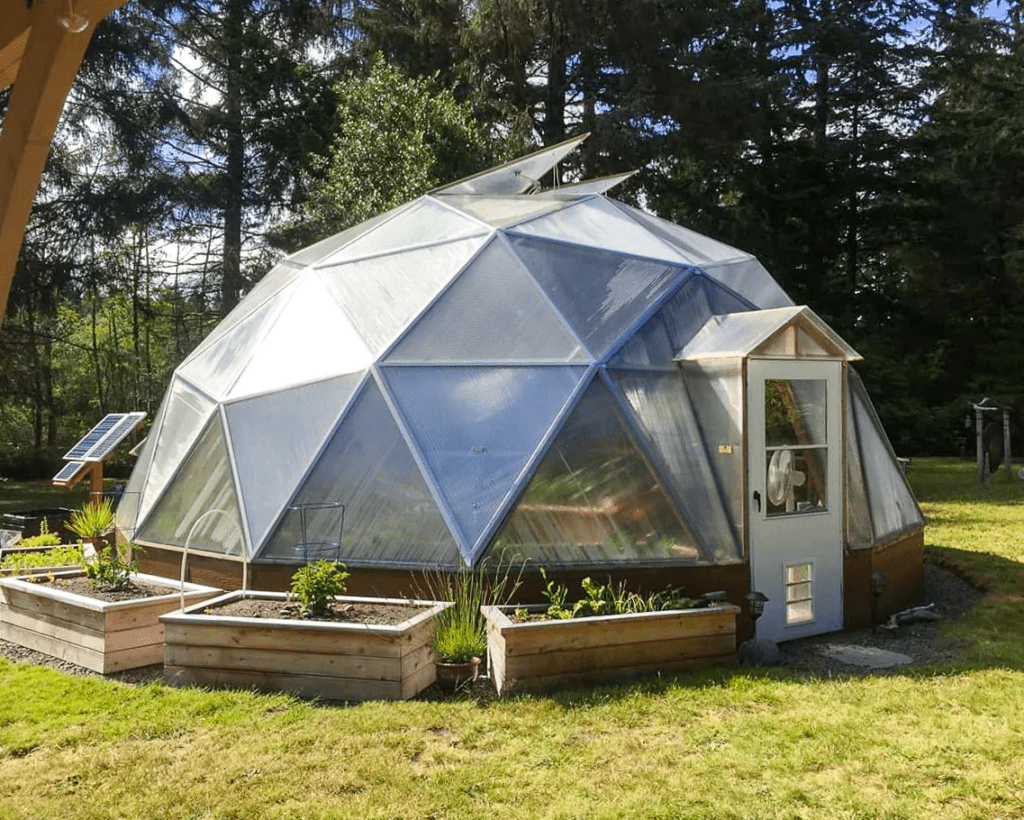
One of the main advantages of a geodesic dome greenhouse is its structural strength. The geometric design and triangular components provide stability and resilience against extreme weather conditions, such as strong winds and heavy snowfall. This makes them ideal for regions with unpredictable weather patterns. Furthermore, the efficient use of space in a dome greenhouse allows for improved air circulation, which can contribute to better plant growth and reduced diseases related to poor ventilation.
Another key benefit of geodesic dome greenhouses is their energy efficiency. The unique shape evenly distributes sunlight throughout the interior, reducing the need for additional heating during cooler months. Combined with the strategic use of insulation materials, dome greenhouses can maintain a consistent temperature, making them a perfect option for those looking to reduce their environmental impact while enjoying a nourishing and sustainable garden oasis.
Table of Contents
Dome Greenhouse Overview
A dome greenhouse is a type of greenhouse designed in the shape of a dome, which provides specific advantages over traditional, rectangular greenhouses. There are mainly two types of dome greenhouses: Geodesic Dome Greenhouse and Solar Greenhouse.
Geodesic Dome Greenhouse
A geodesic dome greenhouse is a structure built with interconnected triangles, forming a dome-like shape. These greenhouses are highly efficient in terms of energy consumption and provide a stable environment for plants. The geodesic dome design distributes stress evenly across the structure, making it extremely stable and durable, even in extreme weather conditions.
One of the unique features of geodesic dome greenhouses is their ability to maximize sunlight exposure for plants throughout the day. The curved walls of the dome disperse sunlight evenly, which results in less shading and increased plant growth.
Additionally, the natural airflow in a geodesic dome greenhouse reduces the need for fans or other ventilation systems, contributing to lower energy consumption. Furthermore, their unique construction provides additional insulation, maintaining a consistent internal temperature.
Solar Greenhouse
A solar greenhouse is a type of greenhouse that utilizes solar energy to maintain an optimal growing environment for plants. By harnessing the power of the sun, these greenhouses can reduce or even eliminate the need for supplemental heating systems, leading to overall energy reductions.
The solar greenhouse emphasizes passive solar design principles. These principles include using insulated walls, strategically placed vents, and using materials like polycarbonate to maximize heat retention and light transmission. In some cases, solar greenhouses may incorporate active solar heating systems, such as solar panels or solar water heaters, to further increase energy efficiency.
As with geodesic greenhouses, solar greenhouses can be designed in a dome shape, offering many of the same benefits, such as increased stability, reduced shading, and improved air circulation. Combining both the geodesic structure and solar design elements can lead to a more sustainable, energy-efficient dome greenhouse solution that benefits both the gardener and the environment.
Benefits and Features
Energy Efficiency
Geodesic dome greenhouses are energy efficient due to their unique design. The spherical shape of the dome allows for even distribution of heat and minimal surface area, reducing heat loss compared to traditional greenhouses. This enables the dome greenhouse to maintain a stable temperature and consume less energy. Additionally, the use of polycarbonate as a covering material contributes to the energy efficiency, as it has a 2.8 R-value and allows 65% light transmission.
Year-Round Growing
Dome greenhouses provide an environment conducive for year-round growing. The spherical design optimizes sunlight capture, maximizing photosynthesis and plant growth throughout the entire year. This allows plant cultivation in any season, irrespective of external weather conditions. Furthermore, the controlled climate within the dome ensures that plants can thrive during periods when outdoor temperatures may be unfavorable.
Climate Control
Geodesic dome greenhouses offer unmatched climate control benefits. Thanks to their design, these domes promote natural air circulation, ensuring that fresh air reaches all plants. The use of polycarbonate also aids in temperature regulation within the greenhouse. Additionally, the design allows for the avoidance of overheating in summer and freezing in winter, creating an ideal environment for plant growth.
Durability
Dome greenhouses are built to be strong and durable. The geodesic structure, which distributes stress evenly across the frame, makes domes inherently stable. This stability, combined with the use of polycarbonate for the covering material, results in a greenhouse that can withstand extreme weather conditions and has a longer lifespan than conventional greenhouses. This feature makes dome greenhouses particularly suitable for off-grid living, as their low maintenance requirements and resilience provide self-sufficiency in food production.
Design and Materials
Polycarbonate Panels
One of the main components of dome greenhouses is the use of polycarbonate panels. These panels are preferred over glass as they offer better insulation and are more lightweight. Polycarbonate panels allow for light transmission while being durable and resistant to weather elements. They are also suitable for domes made out of wood, as sealing them is much easier.
Multi-Wall Design
To provide better insulation and increase the dome greenhouse’s energy efficiency, a multi-wall design using 16mm polycarbonate glazing is often employed. This design improves the R-value to 2.8, making it more effective at retaining heat during cold winter nights, and reducing material costs due to its 40% less surface area source.
Cross Ventilation
Cross ventilation is a crucial aspect of maintaining a healthy growing environment within a dome greenhouse. With proper airflow, plants can thrive, and temperature and humidity levels can be effectively regulated. Greenhouse kits may include vents and exhaust fans to help in maintaining the airflow and ensuring proper cross ventilation throughout the structure.
Raised Beds
Implementing raised beds within a dome greenhouse is an excellent way to make the most out of the unique shape and space available. Raised beds allow for optimized plant growth, organization, and ease of access. They can also be easily adapted to include hydroponic systems, giving gardeners the flexibility to choose between traditional soil-based growing methods and hydroponics.
In summary, dome greenhouses are an efficient and sustainable option for gardeners looking for a unique space to cultivate their plants. The combination of polycarbonate panels, multi-wall design, cross ventilation, and raised beds provides an optimal environment for plant growth while supporting various growing methods such as hydroponics.
Sizes and Applications
When it comes to geodesic dome greenhouses, there are various sizes and applications suitable for different gardening needs. From home gardening to commercial and industrial use, dome greenhouses provide excellent growing conditions, while being efficient in energy consumption and space utilization.
Home Gardening
For home gardeners, smaller dome greenhouses offer an ideal and cost-efficient solution. Sizes usually start at around 15 square feet, providing enough space for growing a variety of plants. The compact design allows for easy installation in limited spaces, such as backyards or patios. With such a setup, enthusiasts can enjoy year-round gardening, growing fruits, vegetables, herbs, and ornamental plants despite the weather outside.
Community and School Gardens
In the context of community and school gardens, larger dome greenhouse kits like the 22-foot or 33-foot diameter domes are more appropriate. These versatile structures offer sufficient space for multiple people to work simultaneously and grow diverse crops. The ample height in these domes supports grapevines and small trees, making it perfect for educational purposes, sustainable living, or neighborhood initiatives.
Commercial and Industrial Use
For commercial and industrial applications, dome greenhouses come in even larger sizes, reaching up to 120 feet in diameter. These structures can cater to various agricultural purposes, such as large-scale food production, research, and even off-grid living. These large geodesic dome greenhouses provide ample space for diverse crops, hydroponics systems, and advanced climate control technologies. In addition, their robust design withstands harsh environmental conditions, helping ensure high crop yield and quality.
Selecting the appropriate dome greenhouse size for your needs depends on the intended application, available space, and budget constraints. Regardless of the purpose, these innovative structures offer a sustainable and efficient solution for growing plants year-round.
Installation and Maintenance
Ordering Information
To order your dome greenhouse, you can visit the website of Growing Spaces for installation assistance, parts, and maintenance information. Make sure to call them for further inquiries at 800-753-9333 Monday – Friday 8am – 5pm MT, or send an email to their support team.
Assembly and Installation
You have several options when it comes to the assembly and installation of your dome greenhouse:
- Owner Self-Install – This option is available for 15′ through 26′ Growing Domes, allowing you to install the greenhouse following the provided manual and installation videos.
- Supervisor Only – For 15′ through 33′ Growing Domes, a supervisor from KingDome Inc. can be hired to work with the owner and their crew. Their labor rate is $500 per 8-hour day.
- Supervisor + 1 Crew – For 22′ through 42′ Growing Domes, a supervisor and one crew member can be hired alongside your crew.
- Full Crew Installation – For all dome sizes, a full crew from Growing Spaces can be hired to handle the installation process.
The installation process generally takes 2-5 days, depending on the size of the dome, weather conditions, and the expertise of your crew.
Maintaining a Healthy Ecosystem
Once your dome greenhouse has been installed, it is essential to maintain a healthy ecosystem within. Some key factors to consider are:
- Climate Control: Ensure effective ventilation, temperature management, and humidity control to protect your plants and maintain the dome’s optimal conditions.
- Lighting: Dome greenhouses usually have sufficient natural light, but make sure to provide supplemental light if necessary.
- Watering and Irrigation: Regularly watering your plants and maintaining proper irrigation systems will keep your plants healthy.
- Soil Management: Maintain nutrient-rich soil by adding compost and organic matter to promote plant growth.
- Pest Control: Monitor for and manage pests within your dome greenhouse to prevent infestations and damage to your plants.
In conclusion, by following these guidelines and properly maintaining your dome greenhouse, you ensure the development of a reliable ecosystem conducive to plant growth.
Ultimate Dome Greenhouse Gallery
Geodesic Dome Greenhouses in Action
Geodesic dome greenhouses are a versatile and efficient way to extend your growing season and make the most of your garden or backyard space. These greenhouses come in various sizes, suitable for all types of gardening projects, from small backyard gardens to larger commercial farms. They provide an affordable option for year-round growing, enabling gardeners to maximize their harvests and experiment with more diverse crops.
When browsing this diverse gallery, you’ll find a selection of dome greenhouses being utilized for various purposes. From Growing Spaces Greenhouse Kits, you’ll see innovative and award-winning designs that bring the benefits of geodesic domes to both hobbyists and professionals alike.
Case Studies
Some interesting case studies featured in this gallery include:
- Backyard Geodesic Greenhouses: See how garden enthusiasts have transformed their backyards into year-round oases with geodesic dome greenhouses. These structures highlight the potential for homeowners to create beautiful eco-friendly spaces for relaxation and personal enjoyment.
- Commercial Geodesic Dome Greenhouses: Discover how professional gardeners, nurseries, and farms have utilized larger geodesic dome greenhouses to grow a wider range of crops and increase overall productivity. These commercial operations exhibit the durability and flexibility of geodesic domes in action.
- Off-grid Geodesic Dome Greenhouses: Explore the potential for geodesic dome greenhouses as sustainable off-grid solutions. Many innovative growers have adopted these structures to create self-sufficient and energy-efficient ecosystems for year-round growing.
Reviews
In this dome greenhouse gallery, you’ll find a number of insightful reviews from satisfied users of geodesic dome greenhouses. Gardeners share how their custom structures have made a difference in their lives, along with the transformative effect these greenhouses have had on their growing potential.
These reviews often highlight the benefits of geodesic domes, such as ample light transmission and proper ventilation, which are key features of Growing Spaces’ high-quality USA-sourced polycarbonate glazing panels. Whether used by hobbyists or professionals, these testimonials showcase the value of investing in a geodesic dome greenhouse for enhancing your gardening experience.
Beyond the Greenhouse
Schools and Businesses
Dome greenhouses provide an innovative and eco-friendly approach to gardening and agriculture, making them a great fit for schools and businesses. With the use of advanced greenhouse technology, these geodesic domes offer an energy-efficient and sustainable method for growing plants in a controlled environment.
For example, a 42-foot diameter dome greenhouse has a spacious center height, allowing for a large quantity of plants, fruits, and vegetables to thrive within. Schools can benefit from incorporating dome greenhouses into their curriculum by:
- Educational opportunities: Inspiring students to learn about agriculture, botany, sustainability, and environmental conservation.
- Hands-on experience: Providing students with practical experience in gardening and nurturing plants throughout the year.
- Community involvement: Encouraging partnerships with businesses, local farmers, and gardeners to promote eco-conscious values and practices.
Farm-to-Table Restaurants
Farm-to-table restaurants are perfect candidates for incorporating dome greenhouse technology into their operations. By utilizing dome greenhouses, these establishments can grow their own produce, ensuring a steady supply of fresh, organic ingredients all year round. Some advantages of dome greenhouses for farm-to-table restaurants include:
- Sustainable food production: Allowing restaurants to grow produce on-site, reducing food miles and creating a closed-loop system for waste and resource management.
- Consistent quality: Maintaining complete control over growing conditions ensures the production of high-quality, consistent ingredients for dishes.
- Seasonal menu: With the ability to grow a variety of fruits and vegetables year-round, restaurants can adapt their menus to seasonal demands, offering customers a unique and diverse dining experience.
Embracing eco-friendly and sustainable agriculture methods, educational institutions, businesses, and farm-to-table restaurants can greatly benefit from the use of dome greenhouses. By investing in this advanced greenhouse technology, they can take a proactive approach towards environmental responsibility and provide a hands-on learning experience for students and customers alike.


